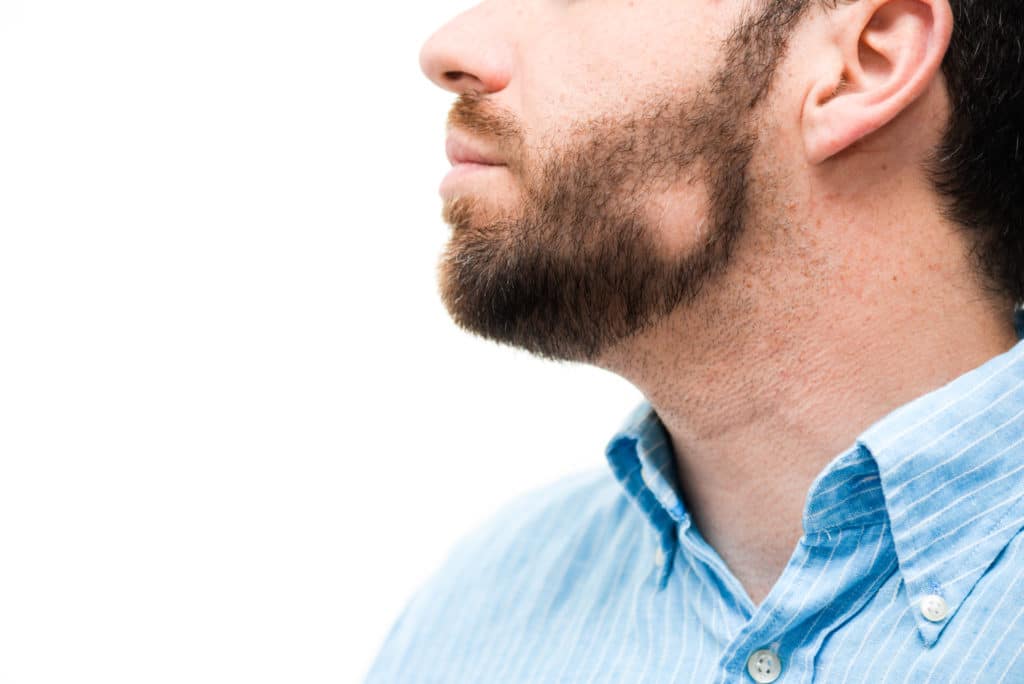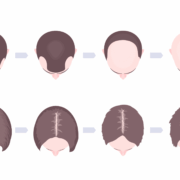FDA’s Approach & Interest in New Balding Drugs
What is in store for the hair loss community?

FDA’s Approach & interest in new balding drugs
As we have recently observed, the powers of the FDA can be ramped to warp speed when a natural disaster occurs and thousands of lives are lost! Certainly, grateful something lights a fire when needed. Sadly, even though 80 million Americans were losing their hair prior to the pandemic, hair loss is still lagging with approvals. The amazing news, an outcome from the focused research and “all hands (scientist/chemists/researchers) on deck” through the pandemic, our nation is moving faster than ever before toward many amazing hopes and cures. Wow, what wonderful news for the hair loss community.
Phase 1, 2 and recruitment of phase 3 trials are in the makings around the world and with anticipated hope we feel confident we will begin to see positive results with Clascoterone along with many others by the end of 2022
Learn more about Clascoteron along with others as you follow our blog series. Original link is below.
Read Article Here: Clascoteron (Breezula) for Hair Loss Update!






 Causes:
Causes: 



 Photo credit: Laura Janicek Photography
Photo credit: Laura Janicek Photography






